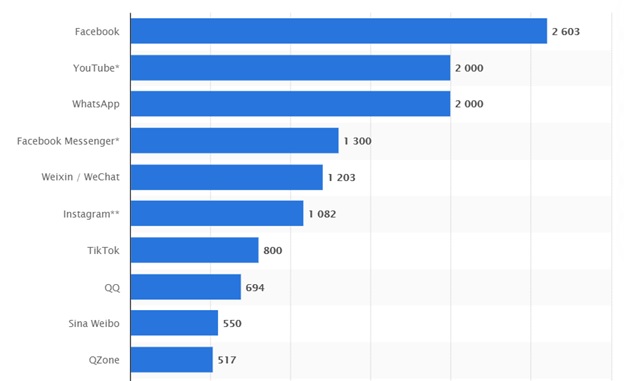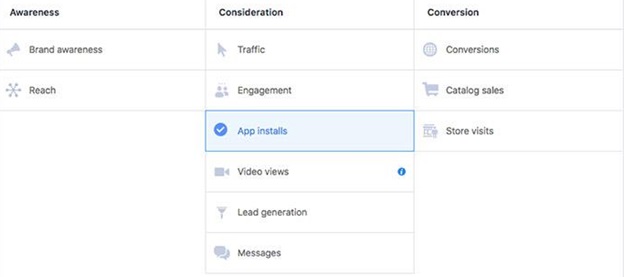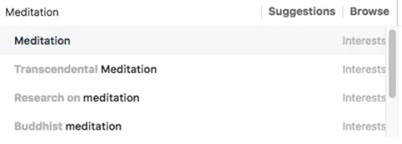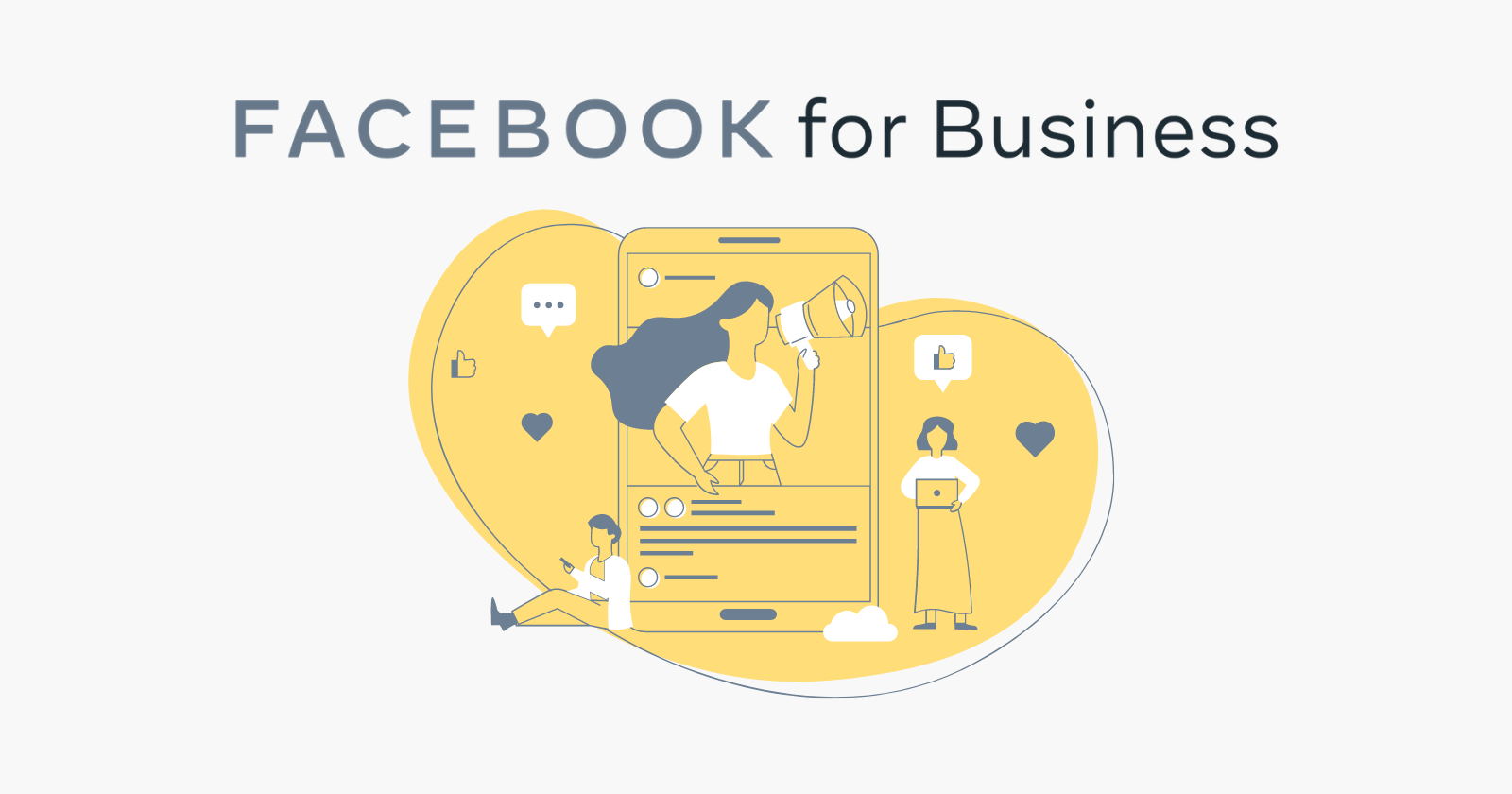Have you heard that social media advertising doesn’t drive results?
Or that advertising on Facebook isn’t worth it anymore with the evolution of other social platforms?
If so, think again.
What follows are just 10 reasons why you should include Facebook in your marketing mix – highlighting its key differences versus other social media platforms and advantages against other digital channels.
1. Reach a Wide Audience
Undeniably, Facebook offers advertisers one of the largest user bases.
As of July 2020, according to Statista, Facebook had more than 2.6 billion users worldwide.
That is more than any other social media platform and second to perhaps only Google’s search users.

The audience on Facebook is not merely large, it spans across many demographics.
No matter to whom your business caters, you should be able to find your desired audience profile on Facebook.
While skewing towards younger users, with 62% of users falling between 18 and 34 years old, Facebook attracts users of all generations, with 38% of falling from 35 all the way to 65+.
It is the older demographic groups that are the fastest-growing segments of Facebook users.
Since 2015 the number of Baby Boomers (born 1946-1964) on Facebook steadily grew by double digits and those parts of the Silent Generation (born in or before 1945) on Facebook almost doubled, according to Pew Research Center.
2. Alignment with Both B2C & B2B Businesses
Have you heard that Facebook advertising is only for B2C businesses?
Prepare to be surprised at how B2B businesses can also run successful campaigns on Facebook.
Business decision-makers spend 74% more time on Facebook than other people.
The B2B space is competitive , which means B2B marketers must be aggressive when leveraging Facebook.
But with the right targeting, ad format, messaging, and off-Facebook user experience on your site, there is definitely opportunity for success.
Facebook remarketing is the least B2B marketers should consider.
We often forget how anyone, who is a B2B target, does not stop being so after they leave the office or are online in snackable moments between work engagements.
They are the same person. Remarketing to them on Facebook is a reliable way to remain in their consideration.
For targeting new users, Facebook offers these targeting segments that align well with B2B needs:
- Employer name.
- Job title.
- Employment industry.
- Interest industry.
- Employer company size.
- Business travelers.
Another B2B tactic worth pursuing is creating lookalike audiences based on an existing email list, website visitors, or customer base.
While not unique to Facebook and other platforms now also offer this, advertisers have seen it perform well on Facebook.
Hawke Media’s Facebook advertising strategy started with this step and brought them a 4x return on ad spend.
3. Full-Funnel Targeting with Multiple Form of Engagement
Of all digital platforms, Facebook is perhaps the only one that successfully caters to users at any stage of their engagement journey.
Facebook’s ad formats, targeting options, and measurement capabilities align well with any marketing strategy.
It is useful whether a user is in the proverbial upper funnel stages, casually browsing and just starting their research, or in a mindset to transact.

For the awareness stage, Facebook’s sponsored stories, video ads, carousel ads are great ways to pique someone’s interest without being too direct.
If the users are really not in the frame of mind to even consider your message, they will not engage with and move right past it.
But if they are, this is your chance to surprise and delight them with something highly visual, memorable and shows your service or product used in a way that provides value.
The goal is not to show extensive benefits.
The objective is to show something that will excite a user and motivate them to research further when the timing is better for them.
If your goal is to tap mid-funnel users (i.e., in the consideration phase), Facebook has six different solutions catering to this.
To note, they allow not only engaging users on Facebook, but also drive off-Facebook actions that entail users interacting with content on your site.
If driving users to actively consider your business is your main objective, then Facebook can be absolutely a reliable source of highly qualified traffic (or, if your business relies on app usage, to drive app installs).
Transaction-oriented marketers will benefit from conversion campaign options.
Be sure to use the custom buttons Facebook offers to enhance your ads.
Depending on your industry and objectives, Facebook has a range of tailored buttons to incorporate into ads with a specific call to action to help tailor your ad to your specific objective (e.g., book a hotel room, make a purchase).
4. Audience Transparency
While some programmatic networks offer similar audience targeting capabilities, Facebook’s audience reach is highly transparent.
By virtue of self-selecting audience targeting, your business has a high level of control and transparency over the audiences you target.
- Fans: Your Facebook followers.
- Friends of Fans: Users who are friends of your followers.
- Behaviors or Interests: Users who meet the criteria you selected based on self-reported criteria.
- Remarketing: Users who have previously visited your site.
While other platforms will auto-optimize your placements, segmenting your campaign on Facebook based on these known audience clusters positions you to derive insights.
In both cases, a campaign may perform well.
However, on Facebook, you will be able to see what segment(s) performed best leading you to make hypotheses with the opportunity to continue testing and refining strategies.
5. Psychographic Targeting
Facebook’s targeting capabilities go far beyond demographics.
Increasingly, demographics alone are a poor predictor of someone’s lifestyle or purchasing needs.
For example, not all millennials have high college debt or lead a lifestyle one would associate with having a low disposable income.
Facebook’s targeting capabilities allow targeting by a wide range of lifestyle characteristics, such as interests, life events, behaviors, or hobbies.

This allows not only targeting with better precision but also aligning digital strategy with offline tactics ensuring that the same behavioral criteria are used across your entire marketing channel mix.
6. Competitor Targeting
Few solutions will allow you to pursue the audiences of your competitors.
On Facebook, you can’t target fans of other brands.
However, you can still target users who have indicated desired brands as their interest.
That is based on self-reported data and may not be current, as it is dependent on the last time a user has updated their settings.
Still, especially if used at scale, this can be an effective strategy to go after well-qualified users.
Subscribe for Daily Search Insights
AI, PPC, and digital marketing news distilled to fuel success. Join the other 75k marketers!
By creating a custom audience of users with interest in 20+ well-known brands, one can quickly tap into thousands of users all without paying fees for these audience profiles which may be necessary on other channels.
7. Variety of Ad Formats
With 10 Facebook ad formats, Facebook leads social media platforms in the range of ad options it makes available.
For each target marketing funnel stage, there are a couple of available options, with image and video ads most commonly used.
Worth noting, nearly all ad formats accommodate some text and visual elements providing you a substantial opportunity to both describe and showcase your business.
Sponsored Posts is one ad format worth noting, especially if your business allows others to post on its feed.
Boosting a user-generated post on your feed is bound to fuel further engagement with other users.
Strong user-generated content often outperforms purpose developed ads, as the latter are more easily identified as purposely created messages.
By contrast, user-generated content is organic and people are less likely to be on the defensive if seeing it.
8. Drive Traffic Directly to Your Site
As suggested earlier, many of Facebook’s ad options allow driving referral traffic to your business’s site.
It is true that most users open Facebook with the intent of staying there to browse its content.
However, if your add is compelling and targeting is highly relevant, the ad will be sufficiently enticing for the user to leave Facebook and reach your site.
9. Measurable Performance
While it may be obvious, it is worth emphasizing that Facebook does allow reporting on an extensive set of metrics. Depending on the ad format, many metrics are available.
These include actions users can take before leaving Facebook (e.g., reach, ad engagements) to off-Facebook events (e.g., conversions, revenue).
The only requirement is to install the Facebook pixel on your site.
While one can get by using third-party analytics tracking by reporting basic conversion metrics, Facebook relies on its pixel to auto optimize campaigns.
Without it, Facebook is unable to hone in on the user profiles that are converting best and will continue serving ads to the same spectrum of users throughout the entire campaign.
10. Keep Your Existing Audience Engaged
One important benefit of Facebook advertising is that it nurtures and helps grow your Facebook followers and fans.
While driving referral site traffic, site engagement, and conversions is key, it is also important to regularly engage with and maintain your Facebook audience.
Think of your Facebook profile as your business’s second website – another digital extension of your business.
As with your site and any offline presence, over time some users will naturally become less interested in interacting with you.
They need to be reminded of and given new reasons to keep you in their consideration.
And users who do leave for good, need to be replaced with new ones.
Facebook advertising, no matter the primary objective, always has the vital secondary benefit of growing your follower base and giving your existing fans something new to consider.
If budget allows, one can periodically run campaigns targeting exclusively for existing followers.
Merely being a follower does not ensure one will see all updates.
A sponsored campaign targeting followers does not guarantee reaching all followers either.
However, it will allow coming much closer, incentivizing users to start voluntarily checking your profile more often.
These are the 10 key differentiating benefits of Facebook vs other social media platforms as well as other digital channels.
Like them, Facebook’s ad platform offers user friendly budget management tools, near real time results monitoring, is accessible to any business regardless of size and can drive measurable results including revenue.
Lastly, there is also an indirect benefit of helping your organic search presence by keeping your Facebook presence.
Facebook advertising can help you increase your social signals (i.e., shares, likes, and comments) which can indirectly influence your SEO rankings.
A Perfect Chance to Advertise
Before COVID-19 hit, users already spent an average of 58.5 minutes a day on Facebook.
During the pandemic, Facebook and social media usage has soared further.
Now is the perfect time to leverage this channel and drive your recovery.
More Resources:
- How to Advertise on Facebook: A Beginner’s Guide
- 13 Facebook Targeting Options You Need to Know About
- Facebook Group vs. Facebook Page: What’s Better for Your Brand?
- Facebook Ads vs. Google Ads: Which Is Better?
Image Credits
All screenshots taken by author, August 2020


